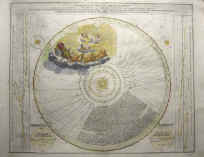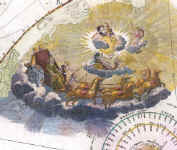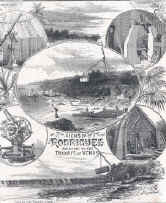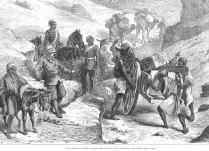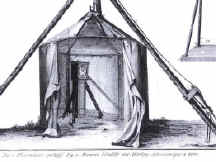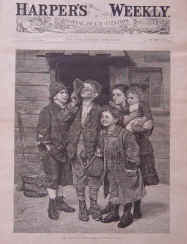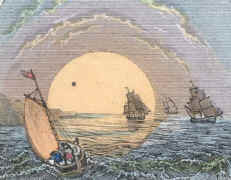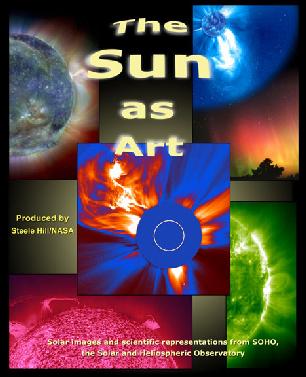Artifacts, prints, and photographs are among the transit of Venus items on display at the PHM Planetarium & Air/Space Museum in Mishawaka, Indiana.
 doppel.jpg
doppel.jpg
Venus in her chariot passes between the sun and earth; from Johann Doppelmayer's
Atlas Coelestis, 1742.
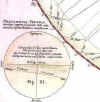 doppel_predict.jpg
doppel_predict.jpg
In 1742, two decades before the next transit would be visible, Johann
Doppelmayer's Atlas Coelestis touted the upcoming 1761 transit and
illustrated Venus' predicted path across the sun. This side-view of the
sun shows the path of Venus transiting from left to lower right in 1761. A
similar descending transit will occur June 8, 2004. Above the sun is the
figure caption, which reads :
The very rare phenomenon of Venus
whose body will pass like a spot
beneath the shining globe of the Sun.
The text within the sun's body reads:
The conjunction of the Sun with Venus
in the year 1761 on the day June 6,
at 1:46 PM at Nuremberg according to the calculation
of Halley, seen near the descending node.
Translations are courtesy of Bruce Stephenson,
Director of the History of Astronomy Department at the Adler
Planetarium and Astronomy Museum in Chicago.
 crabtree.jpg
crabtree.jpg
The First Observation of the Transit of Venus. Print of Ford Madox Brown's depiction of William Crabtree witnessing the 1639
transit of Venus; from G.W. Rhead, aq. See the Internet
caveat for assorted online descriptions of this event.
 cook_tent.jpg
cook_tent.jpg
While the lonely crew of the Endeavour
may have extricated nails from the ship’s hull to barter for favors, Captain
James Cook and expedition scientist Charles Green witnessed and recorded
the “black drop” effect. Captain James Cook's observation tent;
one source claims this is a Tahiti field drawing from Cook's French Edition,
1769; another source suggests more likely it is the observatory designed for Cook's third
voyage.
 http://www.transitofvenus.org/sarah.htm
http://www.transitofvenus.org/sarah.htm
A brief introduction to the transit of Venus,
illustrated and written by a six year old student, indicates the broad appeal of
the transit of Venus through multiple disciplines.

A Norfolk Island stamp commemorates James Cook's observation of the 1769
transit of Venus from Tahiti.
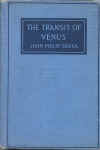
 http://indians.syr.edu/mfrantz/wgpark/page.asp?pid=10
http://indians.syr.edu/mfrantz/wgpark/page.asp?pid=10
"Gentlemen, my niece." John Philip Sousa, the famous bandmaster, wrote a 1920 novel Transit of
Venus about an imaginary voyage to photograph the event.
From the collection of the US Naval Observatory, these photographs recorded the 1874 expeditions to time the transit of Venus.
 sawhorse sawhorse |
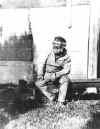 whaler
whaler |
 skiff
skiff |
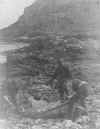 seal
seal |
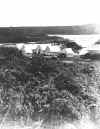 camp
camp |
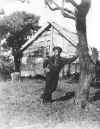 boy
boy |
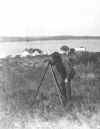 sighting
sighting |
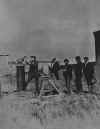 5observers
5observers |
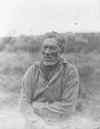 man
man |
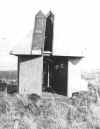 observatory observatory |
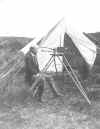 tripod
tripod |
 anchor
anchor |
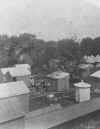 hutfield
hutfield |
 brooklyn
brooklyn |
The Sun as Art, an exhibit on loan from NASA Goddard Space Flight Center in Greenbelt, Maryland, will be shown May 3 through June in South Bend, Indiana. See www.transitofvenus.org/roadtrip.htm for a link to details. To view the NASA images online, from the SOHO spacecraft home page at http://soho.nascom.nasa.gov/, select "Exhibit: Sun as Art."
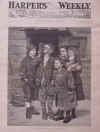 Cover of Harper's Weekly for Saturday, April 28, 1883, depicts children
observing the transit of Venus through smoked glass. (See Safety
page for proper viewing techniques.)
Cover of Harper's Weekly for Saturday, April 28, 1883, depicts children
observing the transit of Venus through smoked glass. (See Safety
page for proper viewing techniques.)
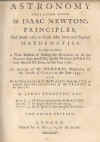 James Ferguson's Astronomy Explained Upon Isaac
Newton's Principles...
James Ferguson's Astronomy Explained Upon Isaac
Newton's Principles...

